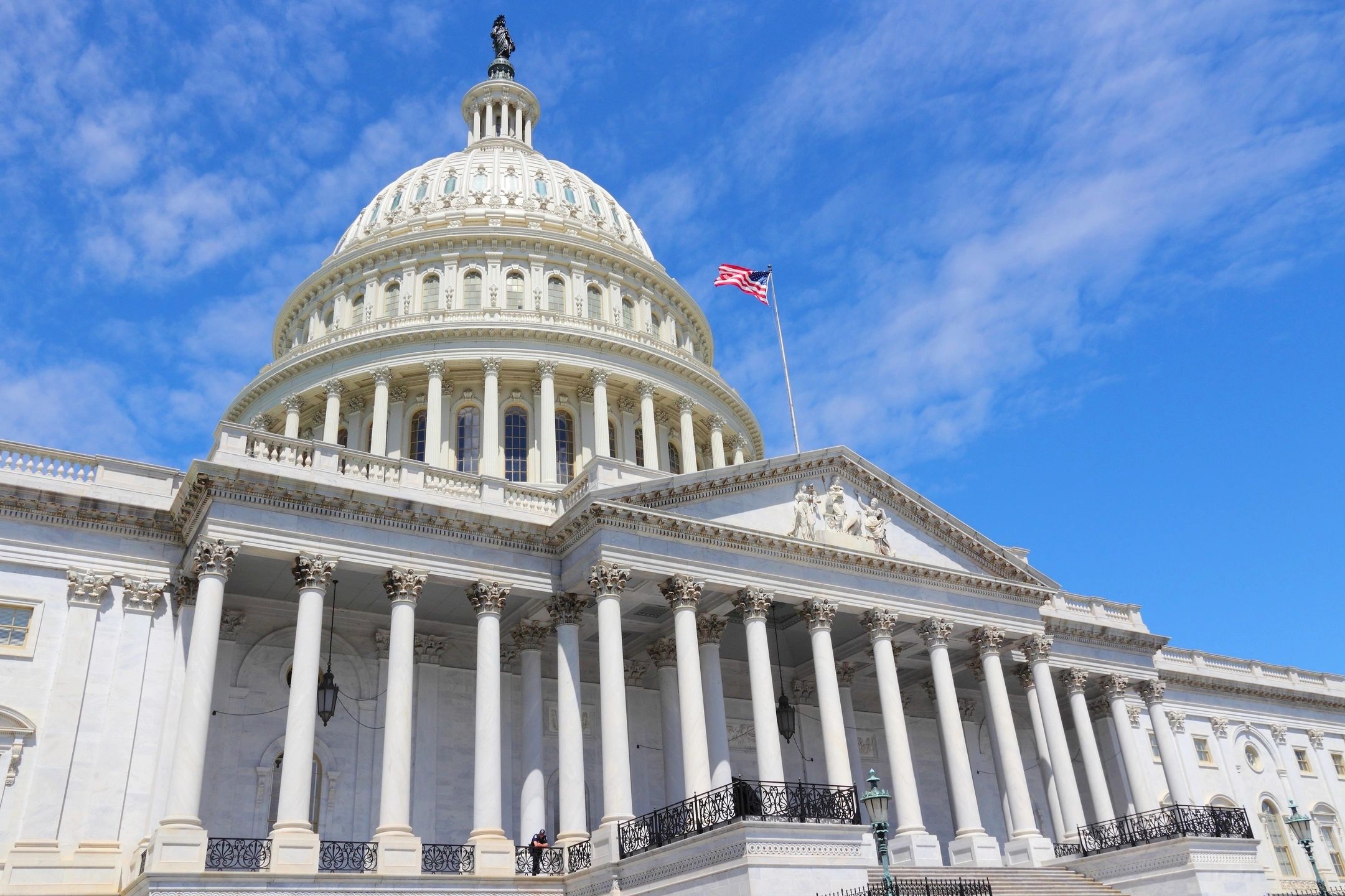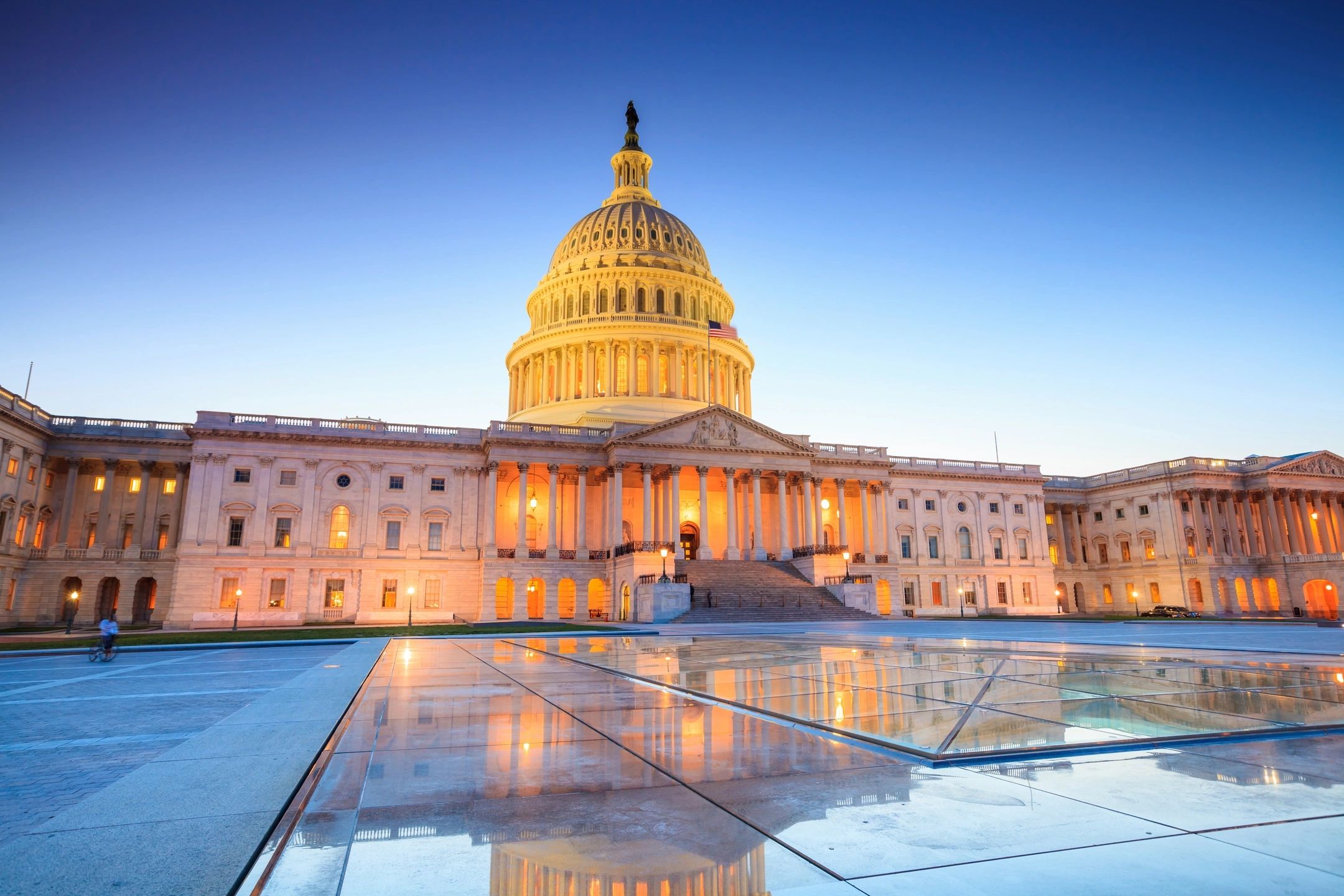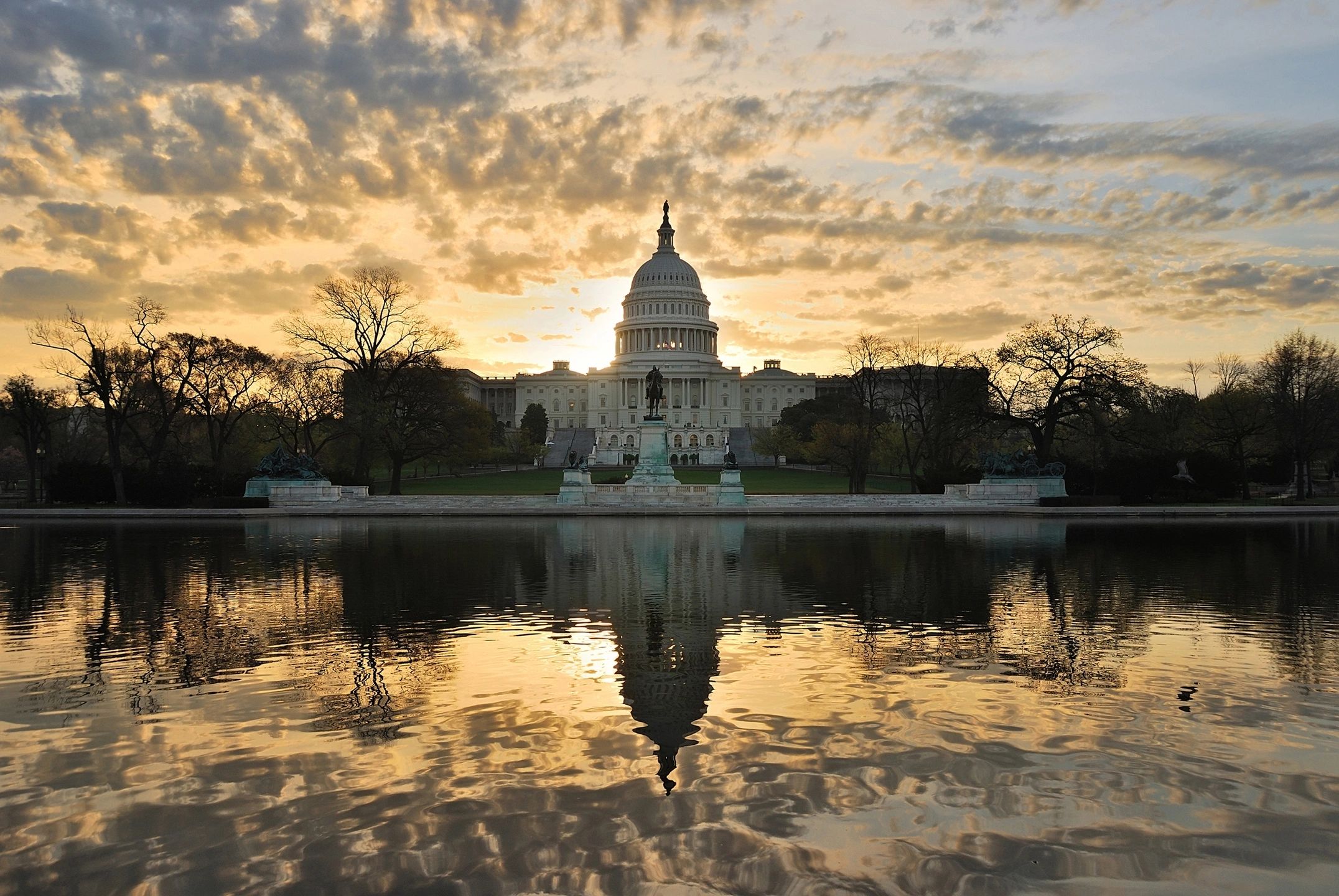FAQs on Families First Coronavirus Response Act
Families First Coronavirus Response Act (FFCRA)
Since the enactment of the Families First Coronavirus Response Act on March 18, new information and guidance has been released every few days, though still much slower than employers would like. We have summarized what we believe to be the most relevant new information below.
Required FFCRA Poster
The Department of Labor (DOL) has released a mandatory employee rights poster for the FFCRA. It should be posted or distributed to employees electronically (via email or online portal) by April 1. More information on the requirements can be found here.
Enforcement of FFCRA
The DOL will not bring enforcement actions against employers for violations of the FFCRA prior to April 17, 2020, provided that the employer has made reasonable, good faith efforts to comply with the Act. You can read more about the brief non-enforcement period here.
FAQs from the DOL on Administering FFCRA Leaves
We strongly suggest that employers read through the entire Questions and Answers document prior to Wednesday, so they have an understanding of how the leaves work. The following are some highlights from the updated guidance:
- These leaves are not available to employees with reduced hours, furloughed employees, or employees whose workplaces are closed. See questions 23-28.
- These leaves are not available to employees whose workplaces are closed due to a federal, state, or local shelter-in-place or stay-at-home orders, or due to business slowdowns. See question 23.
- These leaves (and payroll tax credit) are not retroactive. Employees are not entitled to pay under these leaves if they were absent or out of work (for any reasons) prior to April 1. See question 13.
- Both emergency paid sick leave (EPSL) and emergency Family and Medical Leave (EFMLA) can be taken on an intermittent basis in certain situations. See Questions 20-22 for explanations about when intermittent leave is allowed.
- Employees may not be required to use other forms of paid leave prior to or concurrently with EPSL or EFMLA. See questions 32 and 33.
- Employers should keep documentation to show that employees who received leave were actually in need of leave. The documentation requirements will be outlined in soon-to-be-released IRS guidance. See Questions 15 and 16.
Need help navigating COVID-19 for your business? Learn more about our HR Pros through HR On Demand today.
Content provided by Ahola’s HR Support Center.






Reply a Comment